The NES Classic Edition was a fantastic retro throwback console from Nintendo despite a few minor flaws, but the biggest issue was the system’s availability, forcing people to pay scalper prices on sites like eBay and Amazon if they wanted to get their hands on one. With Nintendo’s recent announcement of a Super Nintendo Classic Edition, there have been doubts in the minds of fans as to whether or not Nintendo will be able to meet demand, especially given the fiasco of the NES Classic shortages.
With announcements that the system will include classic games like Super Mario World, Super Metroid, The Legend of Zelda: A Link to the Past, Earthbound, Super Mario RPG: Legend of the Seven Stars, and the previously unreleased Star Fox 2, fans are excited, though many have voiced their disdain about many of their favorites being omitted from the console’s 21-game library.
All across the Internet, numerous fans and sites have begun publishing their own lists of “games that should be included.” Being the classic game fan that I am, I had to get in on this as well.
Keep in mind before reading, this is just a “dream list” and nothing more, and it does not take legalities, rights issues, and other factors like that under consideration. However, as the system, much like its NES predecessor, will be standalone with standard controllers, I am NOT including games that require a special peripheral to pay (for example, Mario Paint is not being included as it requires the Super Nintendo Mouse, and BattleClash is not being included as it requires the Super Scope). I am also limiting the list to “one game per franchise.” I am also not including games that are compilations of games that previously appeared separately on other systems (for example, Super Mario All-Stars, Ninja Gaiden Trilogy, and any “Arcade Classics” compilations), however I AM including imports (Japanese titles that did not get an American release on the system).
Without further ado, let’s get on with it! Note that the 20 games listed below are listed in no particular order.
–
Arkanoid: Doh it Again
For the unfamiliar, Arkanoid was an arcade game that was a revival of the popular Breakout concept, using a paddle to hit a ball to break blocks. Arkanoid stayed true to this premise but improved upon it by adding things like a loose storyline, “enhancement” capsules to add variety to the game, new obstacles and enemies, and even boss fights. The original game was later ported to the NES, and became a personal favorite. An 8-bit sequel for the Famicom Disc System never saw release in home consoles in the states, but this 1997 sequel for the Super Nintendo did. The title is NOT a typo, “Doh” is the name of the plot’s main villain, a strange Moai-style monster (which can be seen on the box art above).
Doh it Again was the best game in the series, because it took everything great about the original and turned it up to 11. 99 levels of gameplay with a boss fight every 11 levels, more enhancement power-ups, three different multiplayer modes, and even an editor mode in which you can design your own stages. This game was wrongfully neglected at the time of release as it did not come out until over a year after the Nintendo 64’s release, but it was easily one of the best puzzle titles of its kind for the Super Nintendo.
–
Chrono Trigger
Released by Square, this is an RPG featuring heroes that travel through time to do battle against deadly villains, ranging from the modern era, to places like a prehistoric village, an ice age, a medieval era, and a dystopian, Mad Max-like future. The cast of playable characters includes a sword-swinging hero, a girl inventor, a wild and powerful cavewoman, and even a humanoid robot. The combat system even enables the heroes to join forces and combine powers for bigger, more destructive attacks.
Chrono Trigger has been hailed as one of the greatest RPGs of all time, and its omission was one of the biggest disappointments to those reading the Super Nintendo Classic Edition announcement, though this may be because the game was reissued on the Nintendo DS a few years prior. Even after you complete the game, there is a “New Game Plus” feature that allows you to go back and get additional, alternate endings. The character designs and scenery make for a memorable experience; the heroes, villains, and monsters were designed by Akira Toriyama, the legendary creator of the Dragon Ball franchise. Its omission from the retro console is disappointing, to say the least.
–
Donkey Kong Country 2
Rareware, under license from Nintendo, revived the aging Donkey Kong brand name with Donkey Kong Country, in 1994. It was a revolutionary game with its then state-of-the-art computer graphics, combined with great gameplay, music, and memorable settings and characters. Many of Rare’s additions to the franchise, including the modern design of the Donkey Kong character, have stayed in the franchise to this day, despite Nintendo no longer having a relationship with the company. The first game is being included in the Super Nintendo Classic Edition, but the sequel is arguably the better game.
There is no question that the first game was a classic that shook the world of gaming upon its initial release. But the sequel took everything and cranked it up even higher, with a bigger world, more kinds of levels and enemies, new moves for the heroes, and a new playable character in the form of Dixie Kong. In this game, our heroes explore everywhere from pirate ships to ghostly villages, and even giant beehives! One cannot argue that the original was the more influential title, but the sequel is the series’ pinnacle.
–
Mega Man X3
The Mega Man X series revived the aging Mega Man series, which had gone through six (yes, six!) entries on the NES. Set a hundred years in the future, the first game in this new series (which is being included with the SNES Classic) brought in a whole new era for Mega Man, with the new titular hero being able to attain body enhancements to help him fight, and a more diverse cast of heroes and villains alike. While the original NES series had a more cutesy and comical atmosphere about it despite its plots about world domination, the Mega Man X series is largely dystopian by comparison.
The first two games in this series were fantastic, but it was the third game that was the most innovative and action packed. Like the earlier games, there are still enhancement capsules for X’s body parts, as well as power-ups like Heart Tanks and Sub Tanks. Introduced in this game are Robot Ride Armor Platforms, as well as further enhancement chips which enable you to take on new abilities. Side character Zero is playable for the first time, in a limited capacity. There are also additional boss characters one can fight in later levels if they meet certain requirements, and two endings, depending upon certain circumstances throughout the game. Again, the first two Mega Man X games on the Super Nintendo were fantastic, but this was easily the best of the three.
–
Dragon Ball Z Super Butoden 2
Not released in America, this is a fighting game based on the popular Dragon Ball Z franchise, which actually predates the Dragon Ball series being released in America on a wide scale (hence the reason it probably did not see American release the first time around). The fighting engine in this game enables fighters to fight on the ground or fly in the air, and launch off huge attacks. A story mode is also included, with different variables possible depending on what turns the story takes.
While this game is dated, it is actually a ton of fun. Of the three “Super Butoden” fighting games, this is easily the best; the first one had subpar graphics and weak gameplay, while the third title lacked a story mode. There are eight playable characters, and two additional ones unlockable with a code, with each having their own strengths and weaknesses, and move sets. Even if the game were released in untranslated Japanese, it is for the most part a fighting game and no real knowledge of the language is required, unless you are trying to understand what is going on story-wise in the story mode, though this is fairly easy to follow based on the on-screen images. If one Dragon Ball Z game from the Super Nintendo era were to end up on a retro console, this would be the ideal choice.
–
Joe and Mac
An arcade title ported to the Super Nintendo, this was an early release for the system that remains hailed as a classic by many fans. In prehistoric times, cavemen Joe and Mac have to set out battling Neanderthals and feral dinosaurs to rescue cavewomen that have been captured. While you start out armed with nothing but a simple club, you can gain additional weapons like bones, boomerangs, and wheels. The ridiculously oversized bosses include a giant T-rex, a rapid-moving pterodactyl, and a sea serpent.
Joe and Mac was never one of the most popular games on the Super Nintendo, overshadowed by the more famous franchises of the day. But that does not mean the game is not fun to play. The prehistoric setting and memorable characters, good and evil alike, make for an interesting experience. The series is long overdue for a revival, and it is too bad that it will not be included here.
–
Kirby’s Avalanche
We are already getting two Kirby games for the Super Nintendo Classic Edition in the form of the mostly action/adventure Kirby Super Star, and the wacky miniature golf style entertainment of Kirby’s Dream Course. However, I would argue that this would be a better inclusion than the latter game. This was, essentially, a Super Nintendo version of the Puyo Puyo puzzle game (which was also adapted for the Sega Genesis as Dr. Robotnik’s Mean Bean Machine). There were certainly puzzle games on the Super Nintendo, though this was a fantastic one that tends to be neglected.
Kirby’s Avalanche is a fantastic and often overlooked puzzler, even if the Kirby elements to the game are more cosmetic than anything. American audiences missed out on the 8-bit release of Puyo Puyo, though this game was arguably an upgrade in every way from the Famicom version. Anyone who has played it will argue that this is one of the best puzzlers on the Super Nintendo, and while it has gotten a Wii Virtual Console release, it would have been right at home on the SNES Classic.
–
Gundam Wing Endless Duel
Another Japanese title that did not make it to American shores, based on the Mobile Suit Gundam Wing anime series. Essentially using the same game engine as Mighty Morphin Power Rangers: The Fighting Edition, the game pits the series’ titular Mobile Suits against one another in a fighting game environment. The game features nine playable mobile suits, with a tenth unlockable with a code.
The Gundam franchise had not been known in America when this game came out in Japan, so it is not surprising that it did not see release on American shores. Despite that, it is a fantastic fighting game that fans of the Gundam series and retro fighters in general are sure to get a kick out of. Do not let this one’s lack of an American release fool you; it is actually quite entertaining and worth discovering.
–
Mighty Morphin Power Rangers
In the 1990s, there was no bigger show for children on the air than Power Rangers. I know, because I was one of those kids that was a huge fan, buying up all the toys and watching the show religiously. A number of Power Rangers titles were released on the Super Nintendo, though the first one was arguably the best. This is a side-scrolling platformer/brawler pitting you against various monsters. Halfway through each level, your character will morph into a Power Ranger and gain access to new weapons and moves. There are five playable characters, each with their own weapon, as well as their own strengths and weaknesses. Most of the levels are typical “control a character” ones, but the latter two allow you to control the Megazord and fight giant monsters.
Often, licensed games are lame cash-ins, but this is actually a pretty solid action/adventure title that manages to capture the feel of the show quite well, aside from its more comical elements (though those being omitted is not necessarily a bad thing). There were Famicom games based on earlier Super Sentai shows, though this game is in all ways a step up from those titles. With a new Power Rangers movie that was just released earlier this year and the Boom! Studios comic book series, there is no better time to go back and rediscover this one, even if it will not be on the SNES Classic.
–
Mortal Kombat II
Nintendo’s “family friendly” policy completely ruined the Super Nintendo port of the original Mortal Kombat, not to mention it played horribly and was a very buggy and unfun experience. Fortunately, they learned from their mistakes, and kept all the blood and Fatalities in the port of the second game. Fans of the second arcade game were pleased with this home port, which played true to its arcade cabinet counterpart.
The Mortal Kombat series is still alive and well, even if in more recent years it has been more of a “home” series than an “arcade” one. The second game added numerous playable characters, as well as additional “hidden” characters that you could fight by meeting certain criteria. The game does not let up on the challenge, and even introduces “comical” Fatalities like “Babalities” and “Friendships,” which have remained series hallmarks over the years. Even with a Super Nintendo controller, the play control is excellent. The game has been ported to home consoles many times over the years, but this SNES version is one worthy of appearing on a retro console.
–
NBA Jam Tournament Edition
I’m not a sports fan, and don’t ordinarily play sports games. But over 20 years ago, as a young boy of about 9 or 10 years old, I had to learn how to play NBA Jam for a Blockbuster Video game tournament. The game won me over despite not being a sports fan, with its fast-paced action and over-the-top presentation. In this game, there are no fouls, and attacking the other player to get the ball from them is encouraged! Furthermore, you can go “turbo” mode, and perform ridiculous slam dunks that shatter the backboard. The game even features a then-accurate NBA roster with real players, albeit with some of the more popular players of the era omitted (Shaquille O’Neal, Michael Jordan, etc.) The Tournament Edition was a revised port with additional features and game modes, which more-or-less improved upon the earlier release in every way. There are even some ridiculous, unexpected secret characters, including then-president Bill Clinton!
There have been numerous attempts over the years to revive NBA Jam; this was a groundbreaking game when it came out, and a huge hit. But the Super Nintendo version of the Tournament Edition was arguably the greatest installment. Obviously, this version will not see the light of day again due to its outdated NBA roster and the obvious rights/likeness/etc. issues that go along with it, though it would have been great to see it on a retro console.
–
Pilotwings
It can be argued that this game was more-or-less a glorified “tech demo” to show off the Mode 7 effects of the Super Nintendo; it was one of the first games released on the console. Essentially, you learn from different Flight Instructors, and pilot vehicles to gain points. Get enough points, and you get a license and pass the level, moving on to the next instructor. As you progress, you pilot new vehicles and must endure more challenging levels and tasks. There are also two additional levels in which you pilot a helicopter, armed with missiles, on a rescue mission, with cannons firing at you from all directions, plus bonus scenes that are unlockable by fulfilling certain conditions, in which you can earn extra points.
Like many of the games on this list, there have been attempts to revive Pilotwings, in this case, once for the Nintendo 64, and once for the 3DS. Yet, neither of these games even came close to the simplistic playability of the original Super Nintendo game. It is a simple premise; learning how to pilot the vehicles does not take long at all, giving it a great “easy to learn, tough to master” quality. The game is not going to end up on any “best game of all time” lists, but it is still an entertaining early SNES launch game that deserves a second look.
–
Rock N Roll Racing
While Interplay was probably best known for the ClayFighter games and The Lost Vikings series in the 1990s, this title has become a cult classic. An overhead view racing game reminiscent of the NES classic RC Pro Am, the game features races on distant planets against opponents in unforgiving terrain, and instrumental versions of classic hard rock and heavy metal tunes. You can do one-off exhibition races, or participate in a “league” mode, in which you can gain points to advance, winning money from each race that you can use to purchase upgrades, weapons, and new vehicles.
While this game was never huge in terms of its popularity, those that have played it are won over by its charms and premise. The extraterrestrial rock and roll atmosphere of sorts is unique for this era of gaming, and the game is simple to learn, yet will continue to challenge you as you progress through it. A two-player mode is included as well, which would take good advantage of the SNES Classic Edition’s second controller. It is yet another one of those “waiting to be rediscovered” cult classics.
–
R-Type III
There were actually two R-Type games on the Super Nintendo. The first of which was Super R-Type, which was largely a port of R-Type II. While a fun game, it had an unforgiving difficultly level, forcing a player to restart a level every time they lost a life, and not too many innovations over the game it was a port of. This game, subtitled The Third Lightning, was a massive improvement, offering players different “Force Devices” that they can choose from, radically changing the gameplay and strategies involved. While a challenging game, there is no denying that it was one of the best in its respective series.
Fans of side-scrolling shooters love the R-Type series, and this game, though somewhat obscure upon its release, is hailed by fans to be one of the best in the franchise. Like many other games on this list, the series has been revived in new games and ports for later consoles, but this one is tough to top, featuring many memorable levels and features. A “retro system” would be the perfect place to allow for rediscovery.
–
Sailor Moon R
Another import title that was not released in America, but one that could be discovered by American audiences in the form of a retro console. This is a side-scrolling “beat ‘em up” title not unlike the Final Fight series, but starring the heroes and villains of the popular Sailor Moon anime series; like the other anime-based titles on the list, this one likely never got an American release since it predated the American release of the dubbed anime. While admittedly not the most innovative game of all time, who wouldn’t want to play what boils down to “Final Fight with Sailor Moon characters?”
There were a TON of Sailor Moon games for the Super Famicom. These included beat ‘em ups, fighting games, RPGs, and even puzzle titles. But if the Sailor Moon franchise had to be represented by one game, this would be the best option. With Sailor Moon’s popularity experiencing a revival in America due to the new English dub of the original anime, and the release of the new Sailor Moon Crystal series, a game like this would be a great addition to a retro console.
–
Super Street Fighter II
Street Fighter II Turbo is being included on the SNES Classic, but this is arguably a better title. This version of Street Fighter II, subtitled The New Challengers, introduces four new characters to the franchise, including Cammy, who has since become a fan favorite and part of many later games. It also introduced a number of new moves for the previously existing characters, plus new game modes that include an eight-person tournament.
In the original era in which Street Fighter II was being released, there were five official versions of the game. Super Street Fighter II was the fourth, and of all the games, the one that made the most improvements and changes from its predecessor. It is no surprise that it remains a favorite amongst fans, even if the later Super Street Fighter II Turbo version of the game (which never got released on the SNES) made more improvements and brought back to the speed. If I could have any Street Fighter game on the SNES Classic, this is the one I would take.
–
Super Bomberman
Bomberman had been around since the mid 1980s, but this Super Nintendo installment was arguably the best game in the series. With improved graphics and both cooperative and competitive multiplayer, it was one of the definitive party games of its era. The original Super Nintendo version included a Multitap accessory that allowed for four-player versus games, and even though there would presumably be no equivalent of this for the SNES Classic, one could still do two-player versus games and use computer-controlled opponents for the unplayable third and fourth slots.
Bomberman games are still being made to this day, as well as a number of spin-off series and new takes on the formula. But Hudson Soft perfected the formula with Super Bomberman; I would easily put this near the top of my list of best games for the Super Nintendo. It is certainly deserving of a spot on a retro console, something no one who has played the game before will deny.
Super Star Wars: Return of the Jedi
Who doesn’t love Star Wars? All three films in the Classic Trilogy got a Super Star Wars game for the Super Nintendo, though this installment, based on the third and final movie, is arguably the best of the lot. There are side-scrolling sections with numerous playable characters, enemies, and environments, as well as memorable boss characters and other features. Mode 7 vehicle stages only further add to the excitement.
Star Wars video games are hit and miss; that much is for certain. But in the glory days of the Super Nintendo, the Super Star Wars series games held their own and remained memorable, both with fans of action-adventure titles, and longtime followers of the Galaxy Far Far Away. If one Star Wars game was to be included on this retro console, this would be the ideal choice.
–
Tetris Attack
Despite the name, this is actually a version of Panel De Pon, not a Tetris game (Panel De Pon was also the basis for the Pokemon Puzzle League game on the Nintendo 64). Utilizing Yoshi’s Island characters and themes, the game has a ton of single player and multiplayer modes. The title is certainly misleading, but this was easily one of the best puzzle games on the SNES.
After seeing the list of games confirmed for the SNES Classic, a lack of puzzle games is one of the biggest disappointments. A game like Tetris Attack could easily have solved this program, giving purchasers of the new retro console what is arguably the best puzzle experience the system had to offer in its heyday. Curiously, the Japanese version of the SNES Classic is getting a version of Panel De Pon, so it is disappointing to see the American version is not.
–
UN Squadron
Based on the long-running Area 88 anime/manga franchise, this is a side-scrolling shooter in which you portray a mercenary pilot in an aircraft fighting against another mercenary group. You can choose from three different pilots, each with his own strengths and weaknesses. For each enemy you destroy, you get money, which can be used to purchase new weaponry and planes for your future missions. The game features 10 levels, each with a huge boss enemy at the end, and countless challenges along the way, plus bonus missions where you can earn more money. Unlike the other games on this list that were based on anime/manga series, this one actually WAS released in America.
There are many shooters on the SNES, but this one, despite its early release in the system’s infancy, still stands as a personal favorite. There are many different approaches to how you can play the game. Do you buy every weapon you can for every mission, or hold out and save your money for a bigger, better plane? Which pilot should you play as; which one has the traits that will best suit your gameplay style? The difficult level spikes later on in the game, often to the point of frustration, but it does not stop this one from being an SNES classic.
–
What Super Nintendo game that is being omitted from the SNES Classic would you like to see make the cut? Feel free to share your answers in the comments section below!

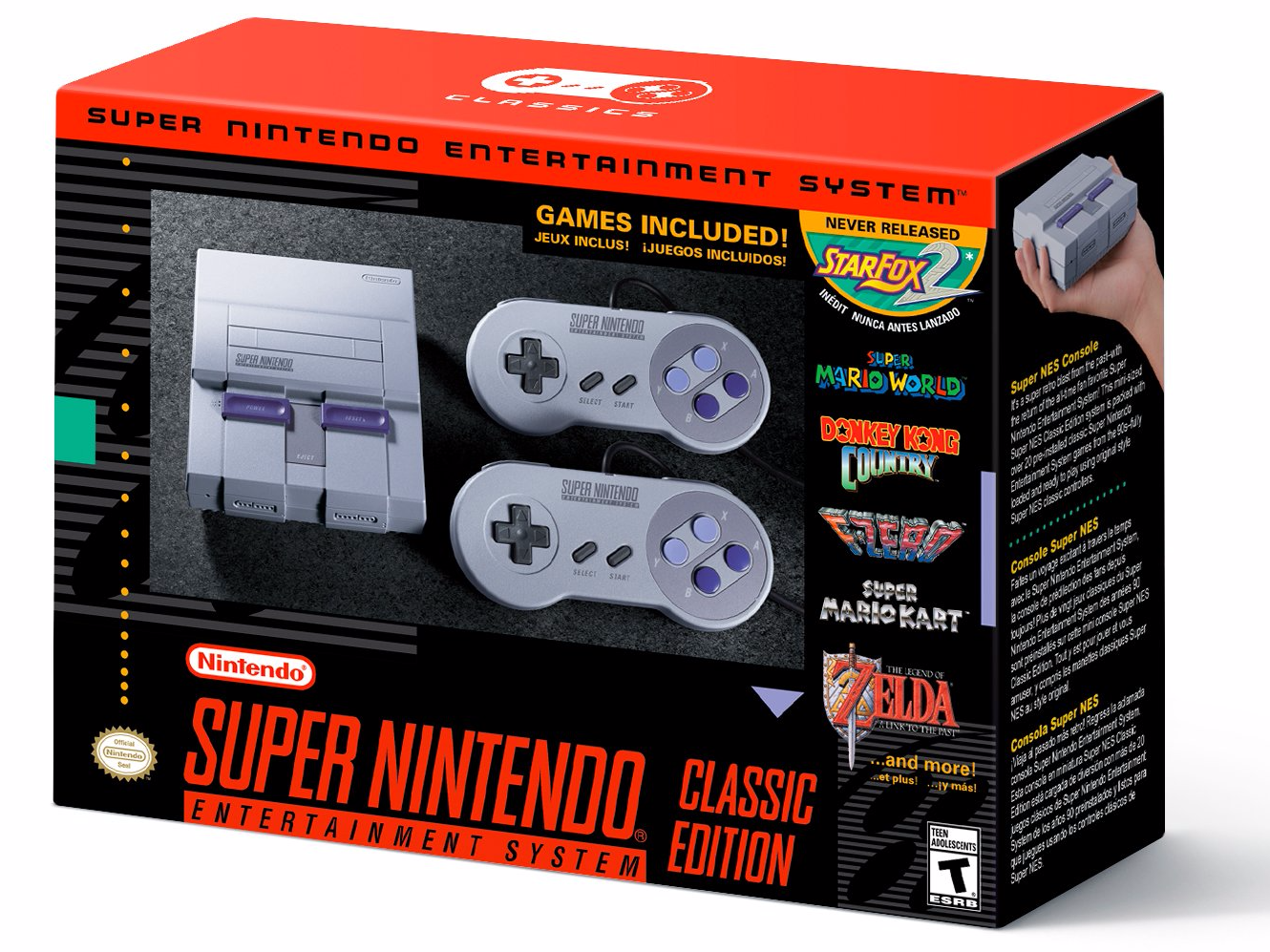
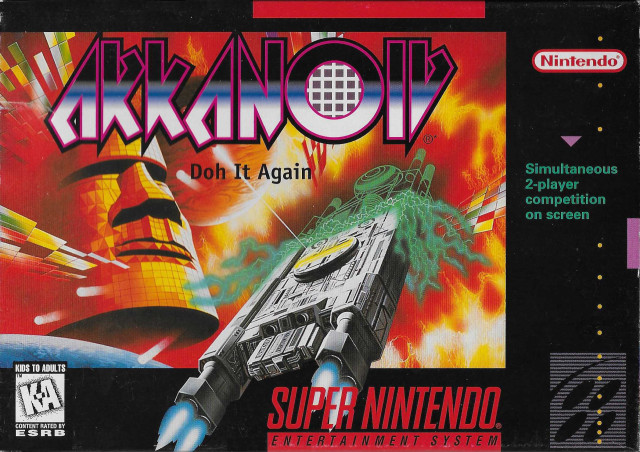
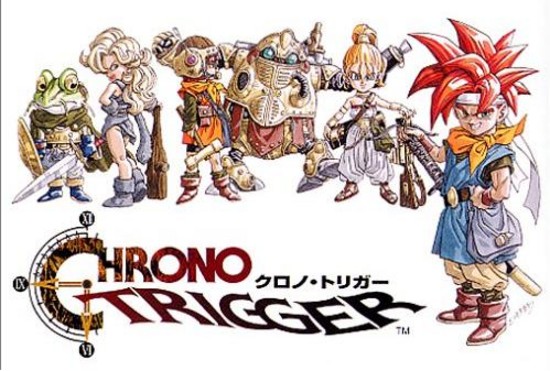
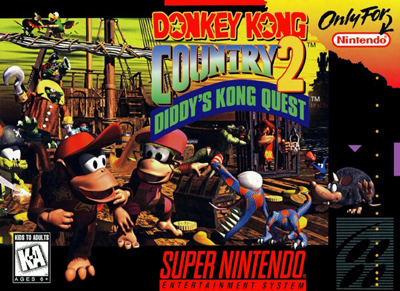
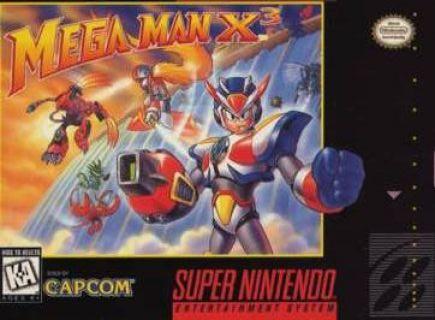
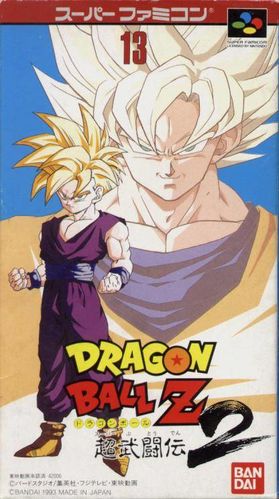
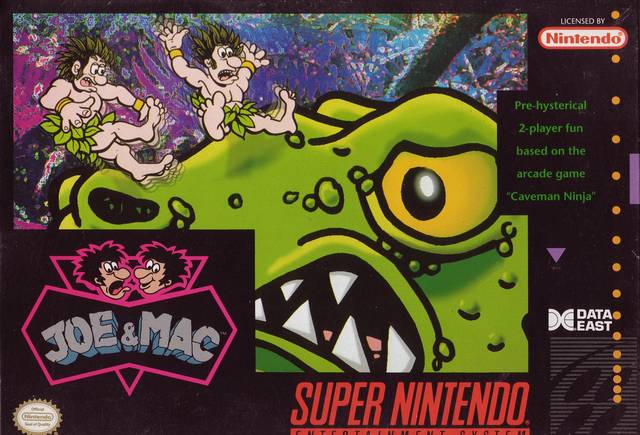
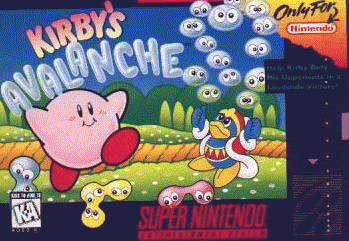
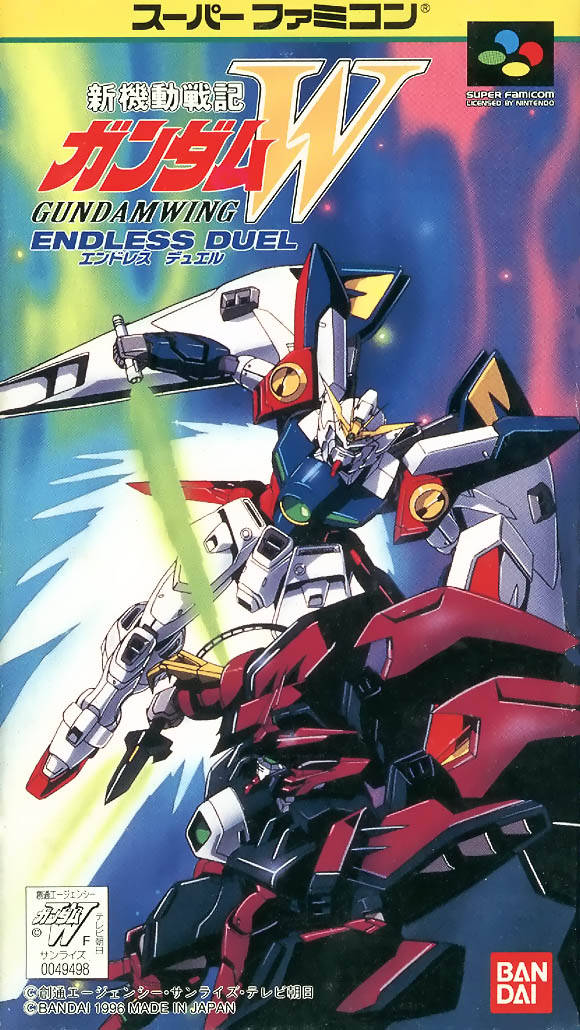
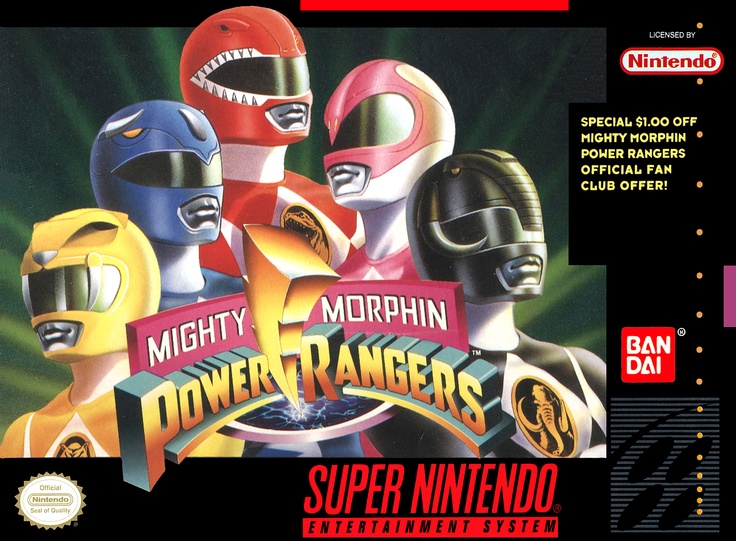
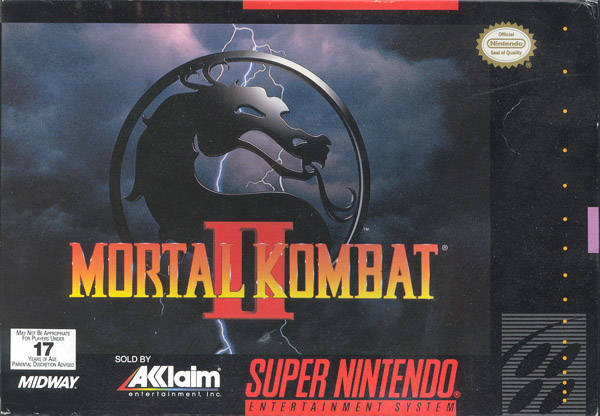
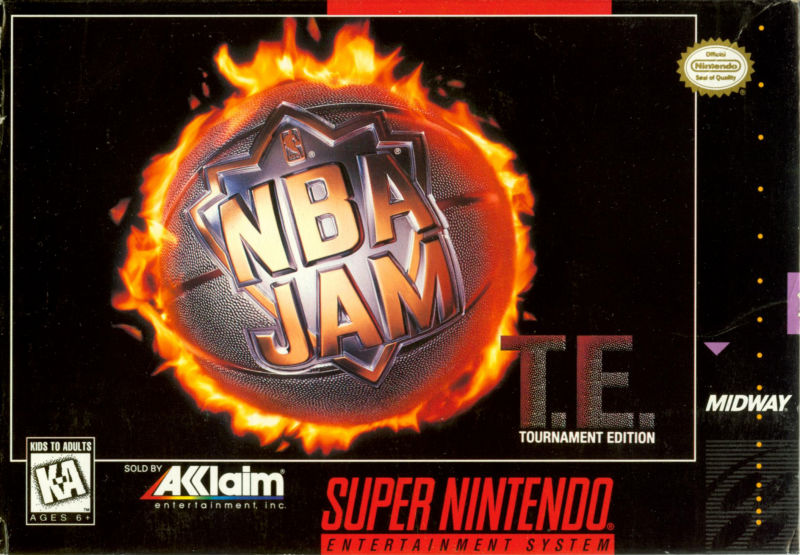
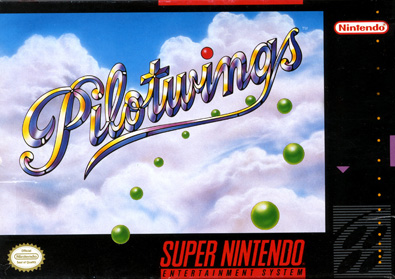
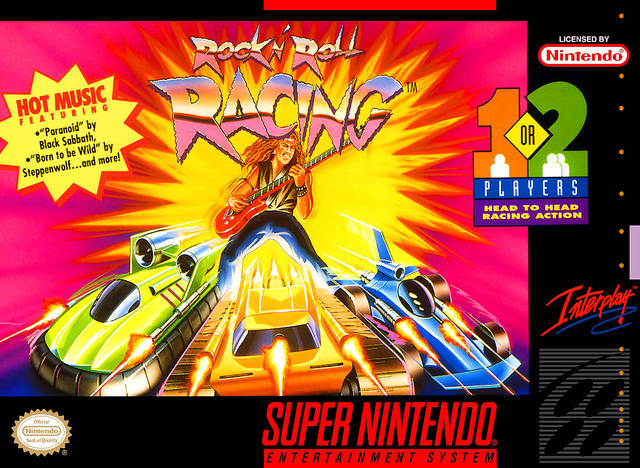
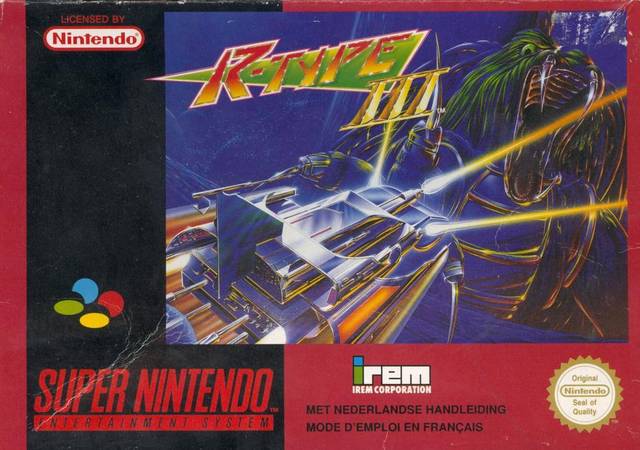
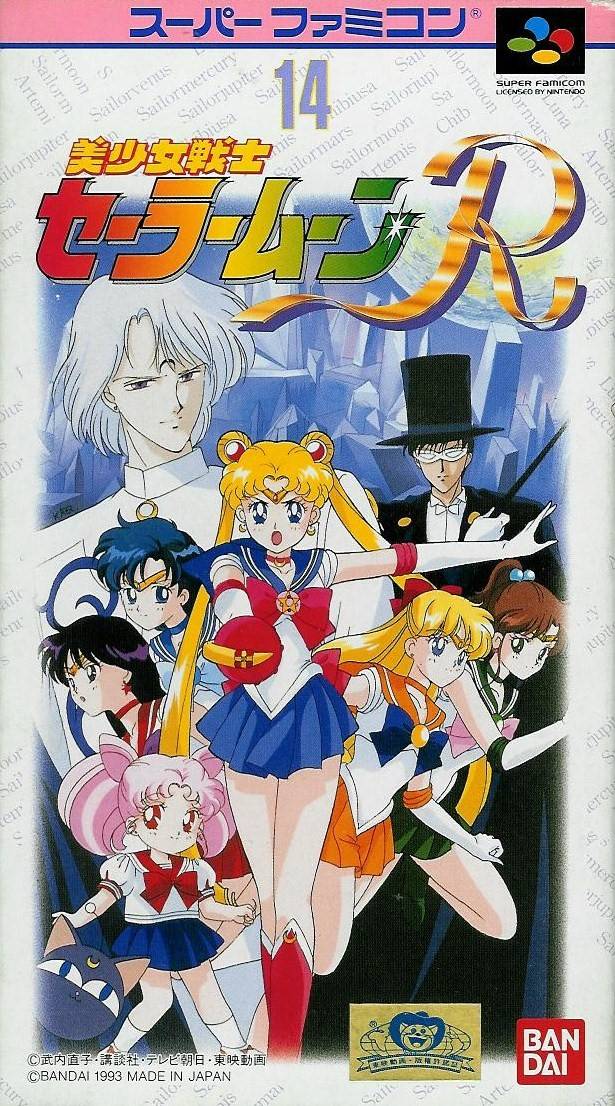
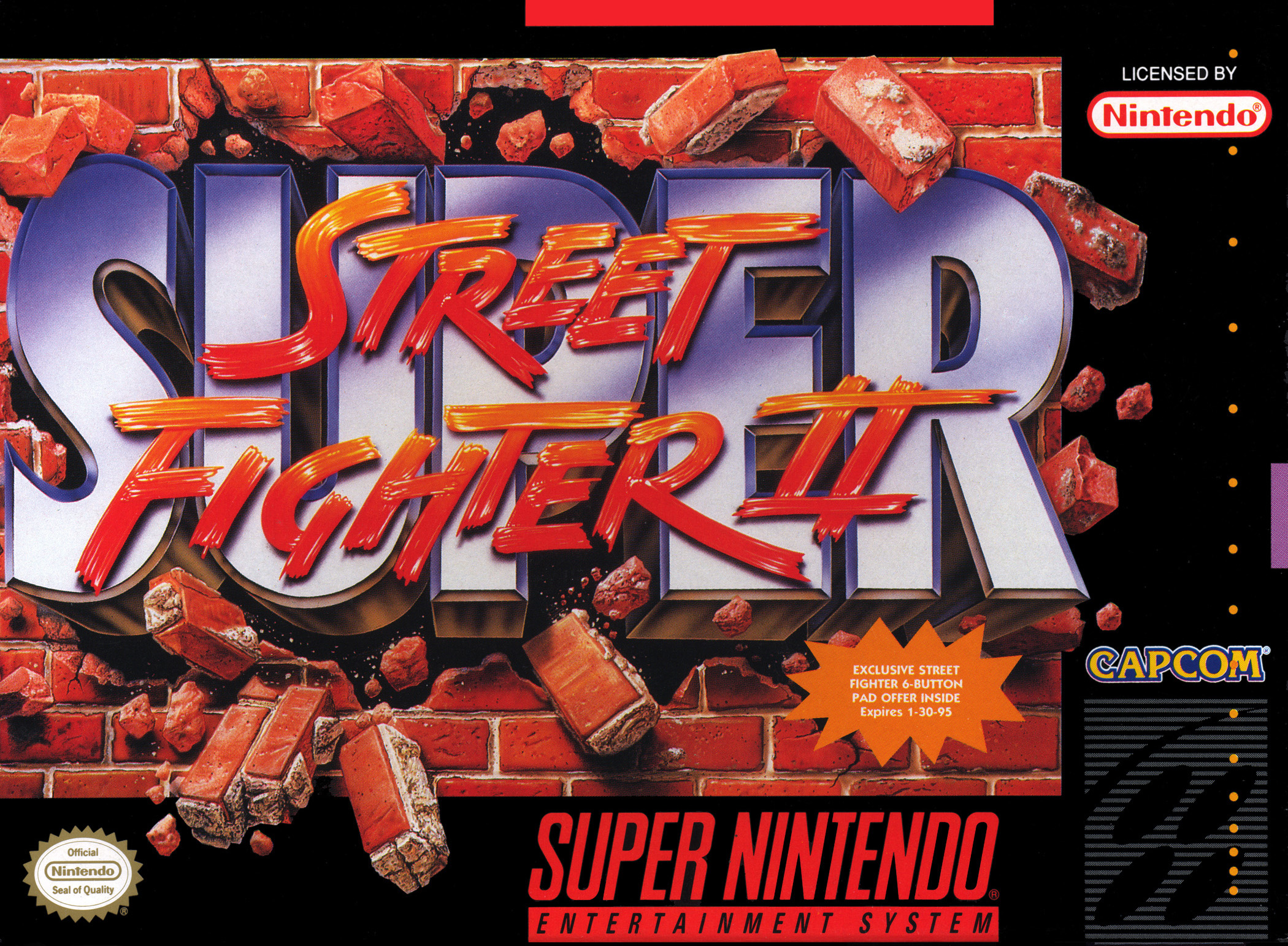

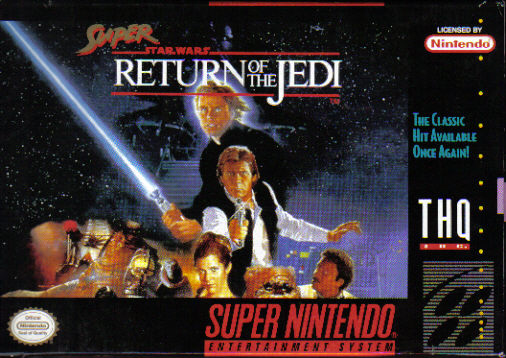
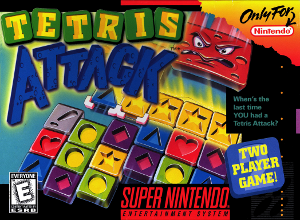
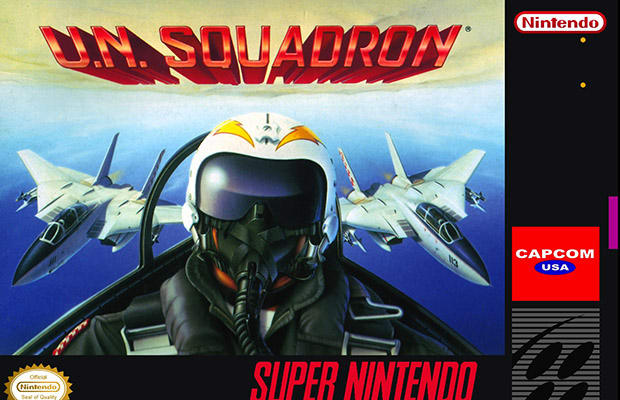
All these games = fond childhood memories . Nintendo had so many quality games . The 90s was the golden age of gaming. Damnit makes me want to hunt down a snes now .I do have Roms but it’s not the same . … Btw Eye of the beholder was one of the greatest rpgs released for SNES.
For me, retro gaming has never gone out of style. This was the era I grew up with and my love for it hasn’t diminished at all. You may want to look online and see if you can still hunt down an SNES Classic or an NES Classic. There are (unofficial) ways of altering them to add new games.
I view the situation as this: Rosalina represents her Iceworld plus all unowned rainbow tracks. Although Honey Queen primarily represented MK7’s Rainbow Road, that’s not to say it doesn’t represent Rosalina as-well. Rainbow Road is located in space with a Mario-Galaxy feel to it; therefore can relate to both HQ and Rosalina. However, Rainbow Road won because it was a great course and not because of the characters that represent it. The characters popularity may have helped a little, but for the most part, no not really.